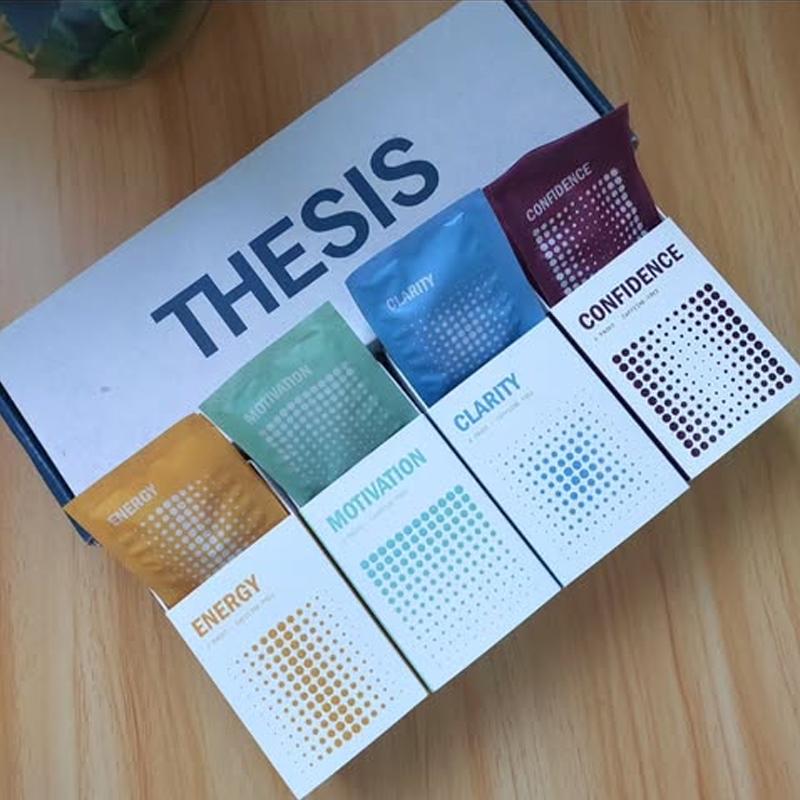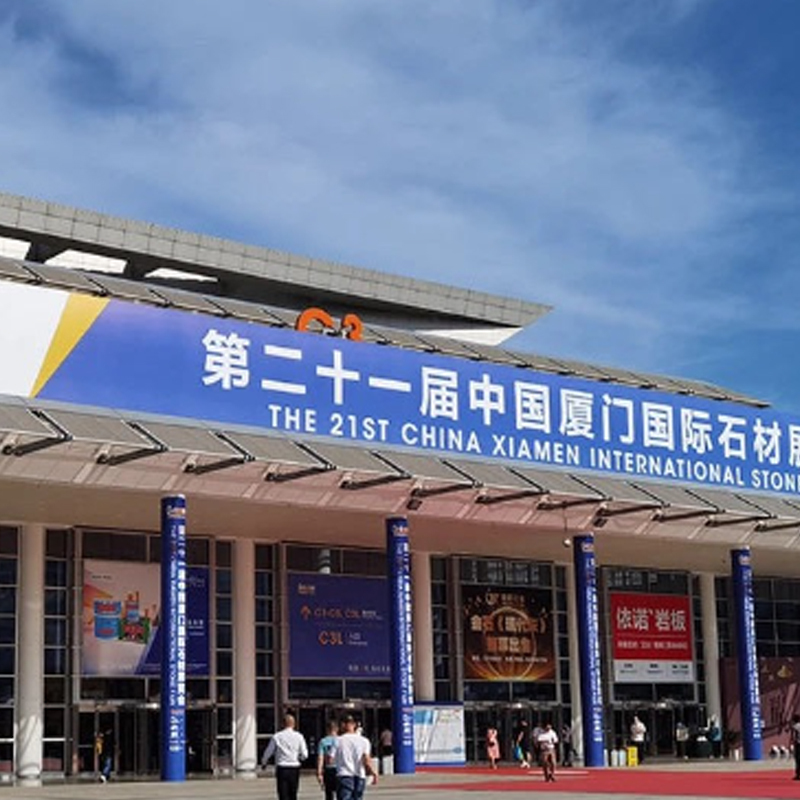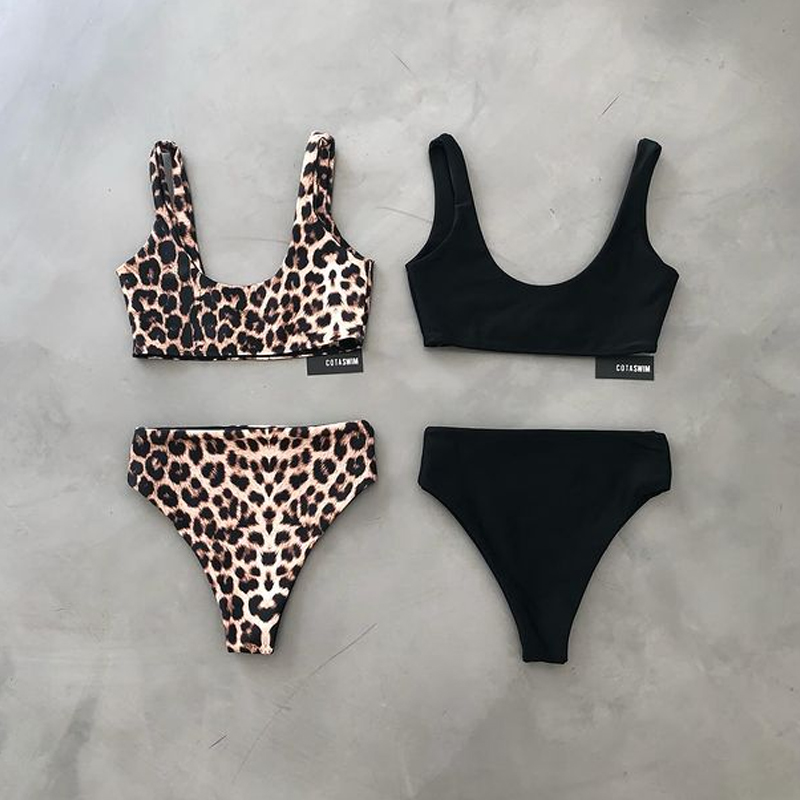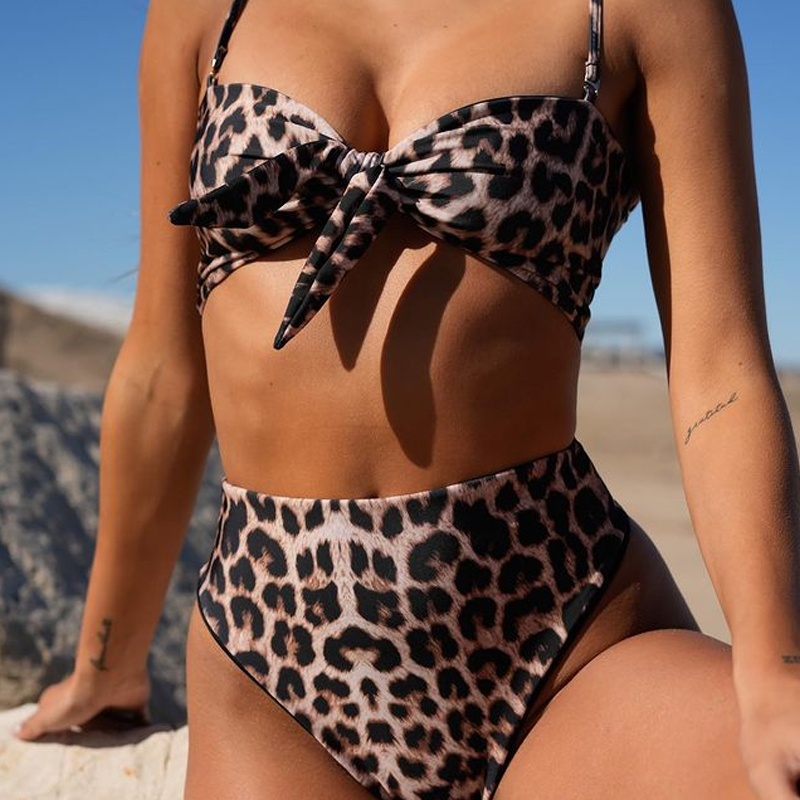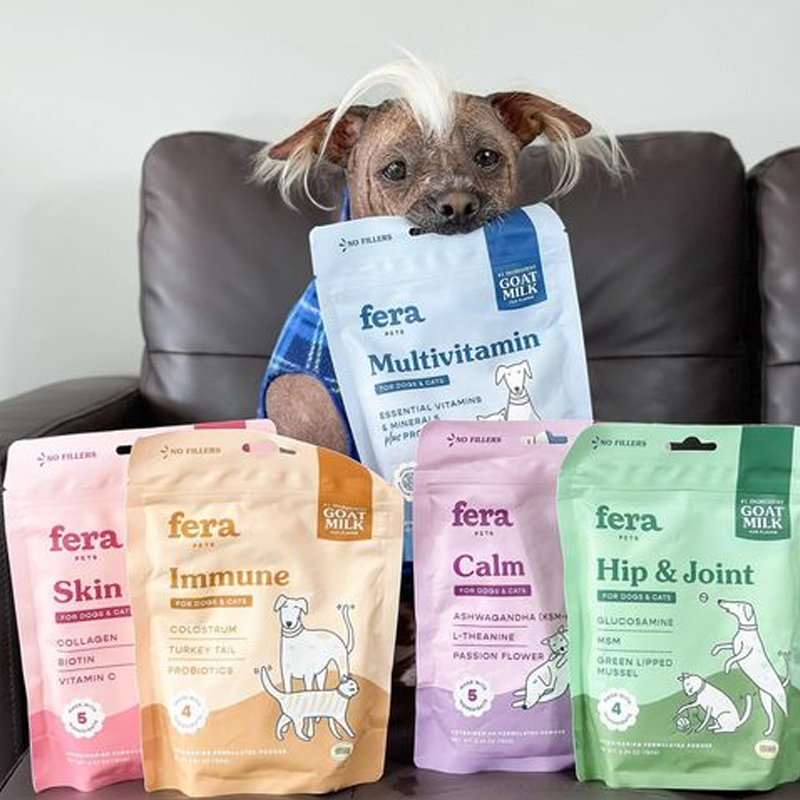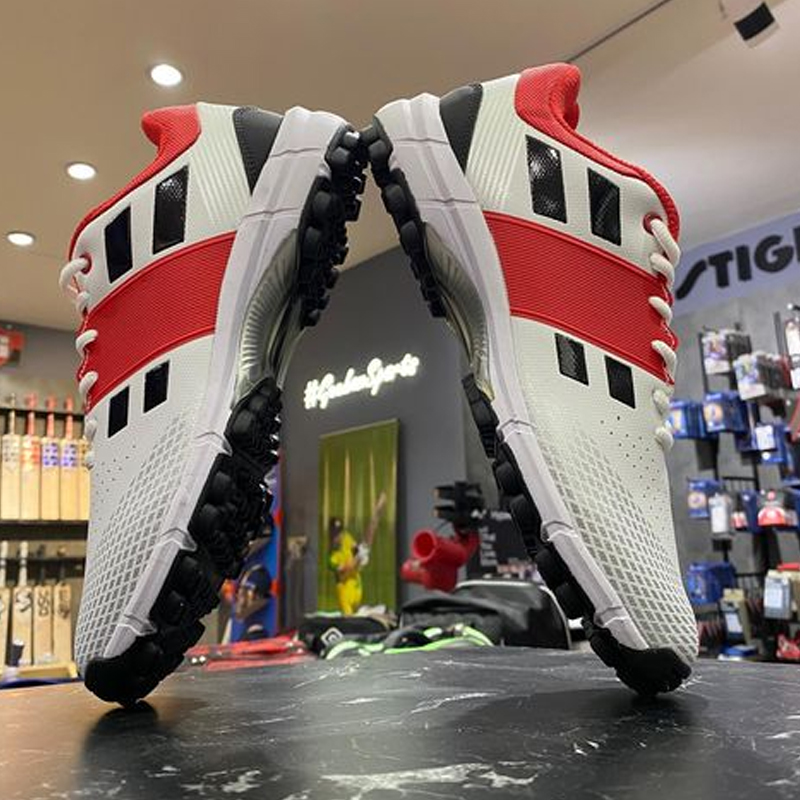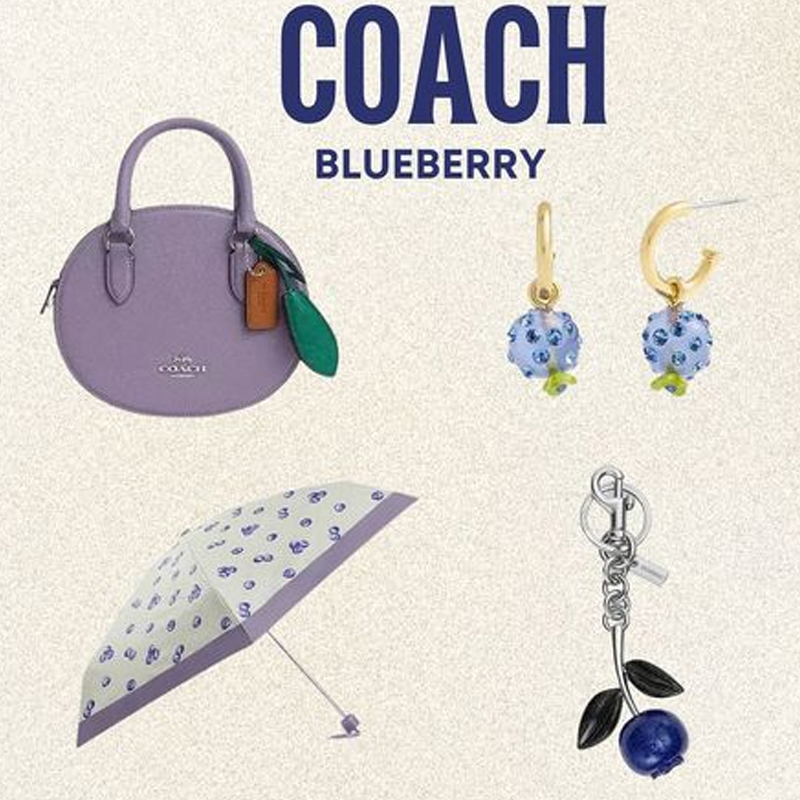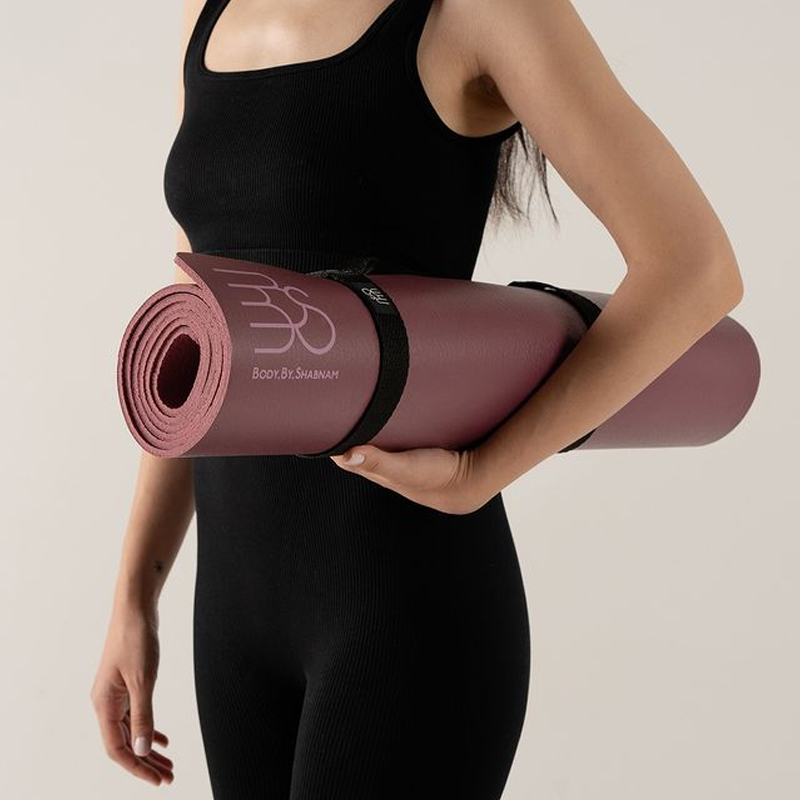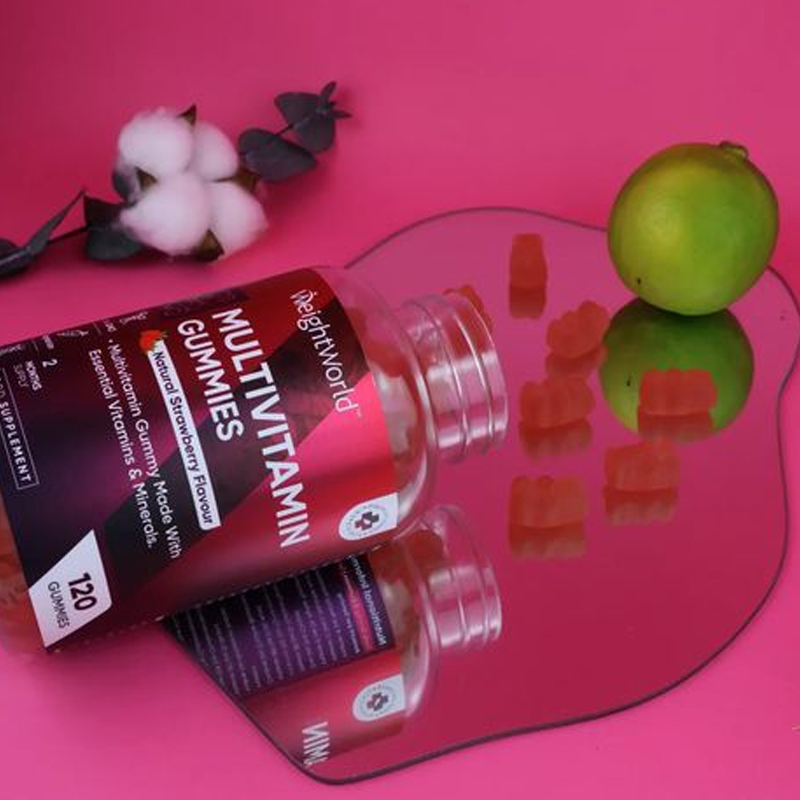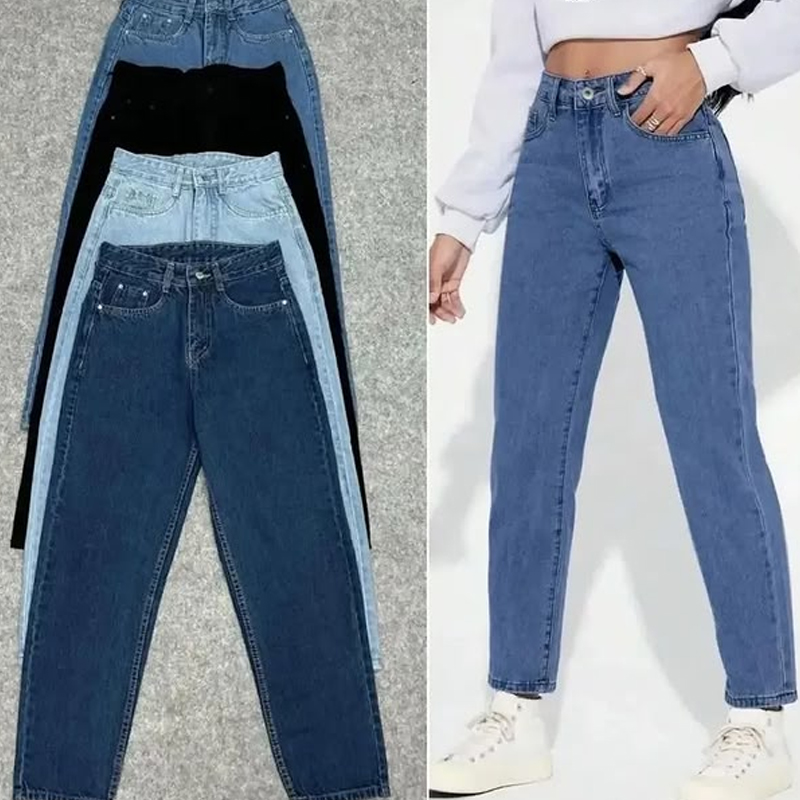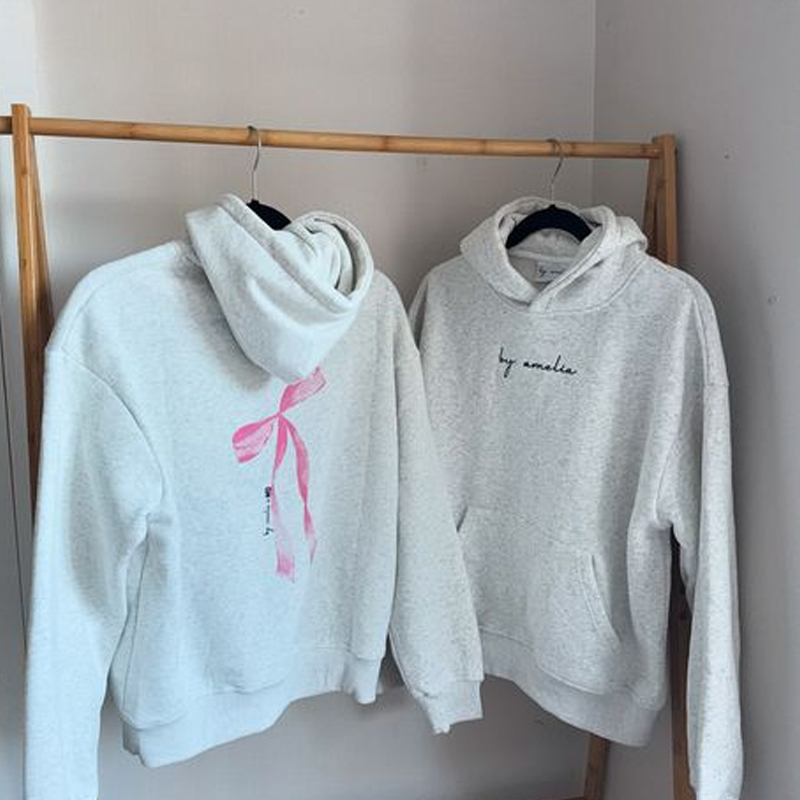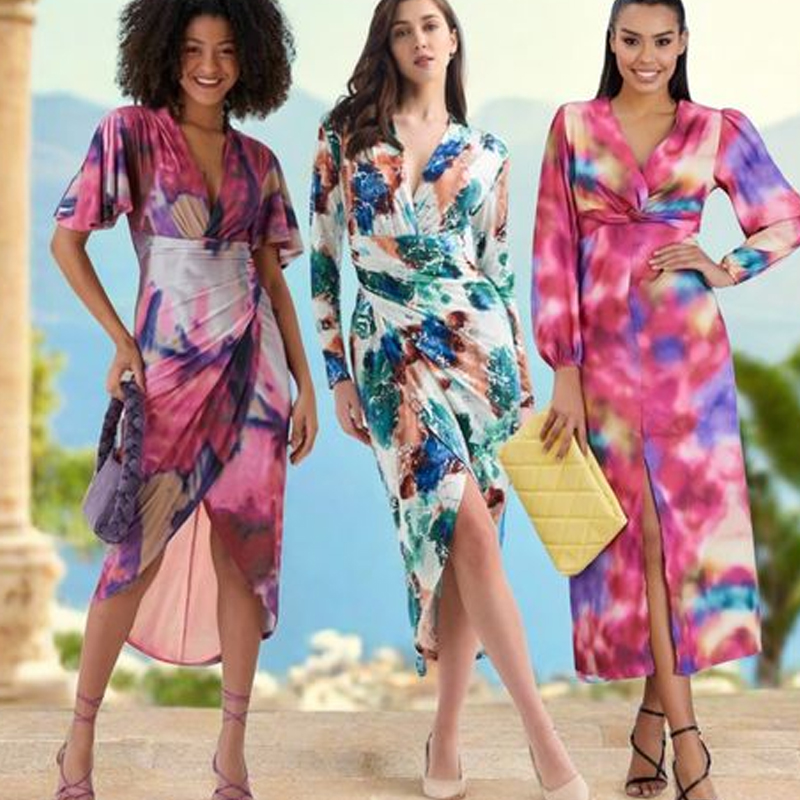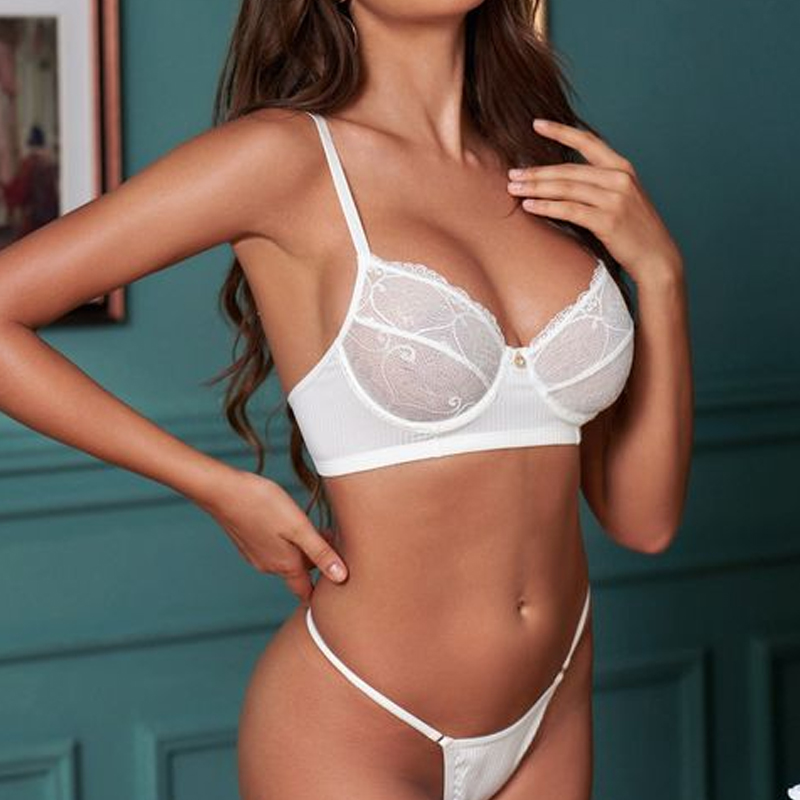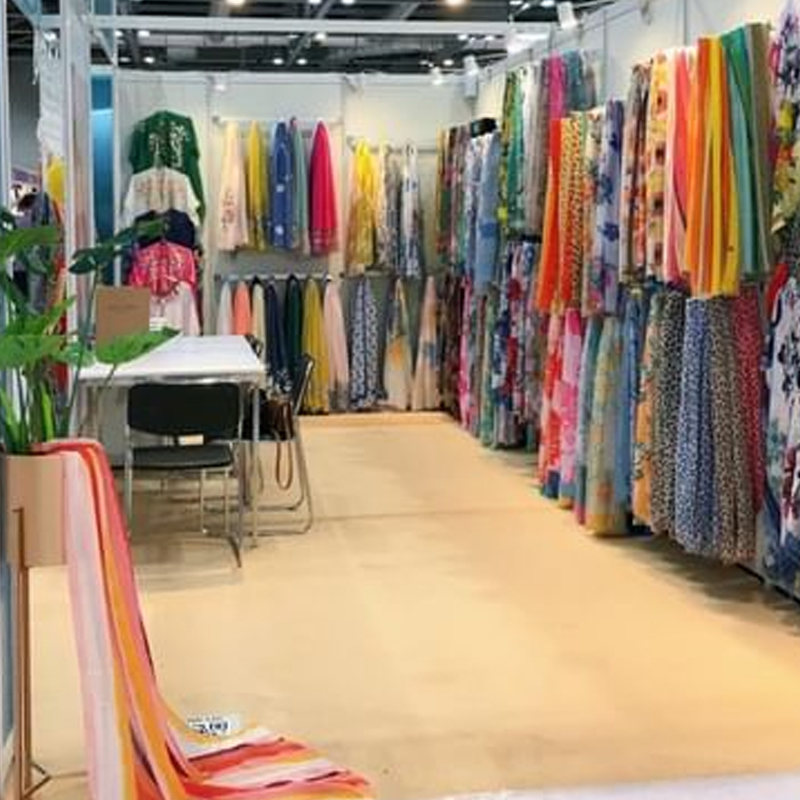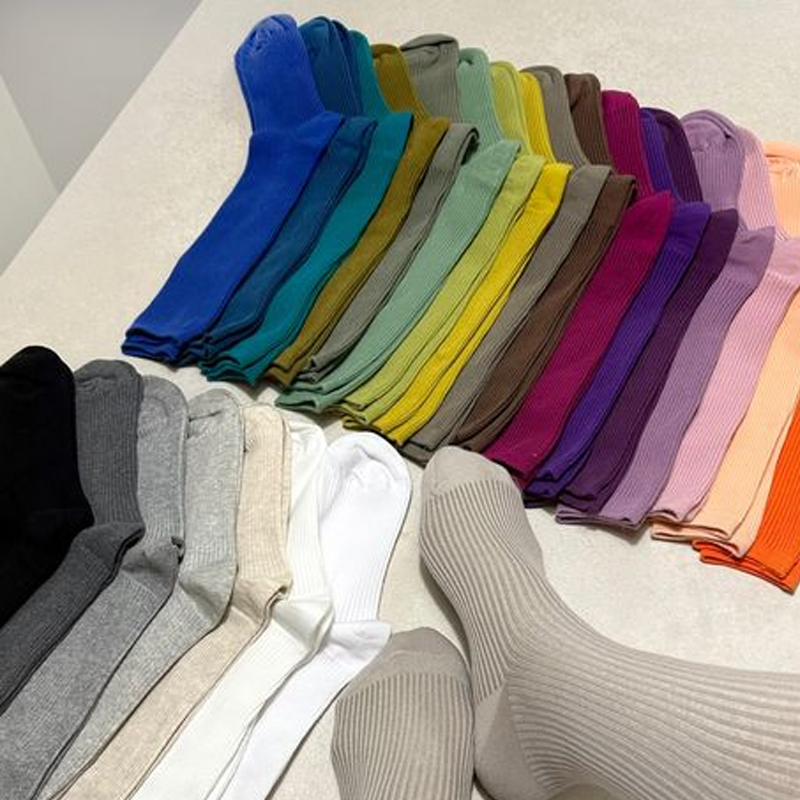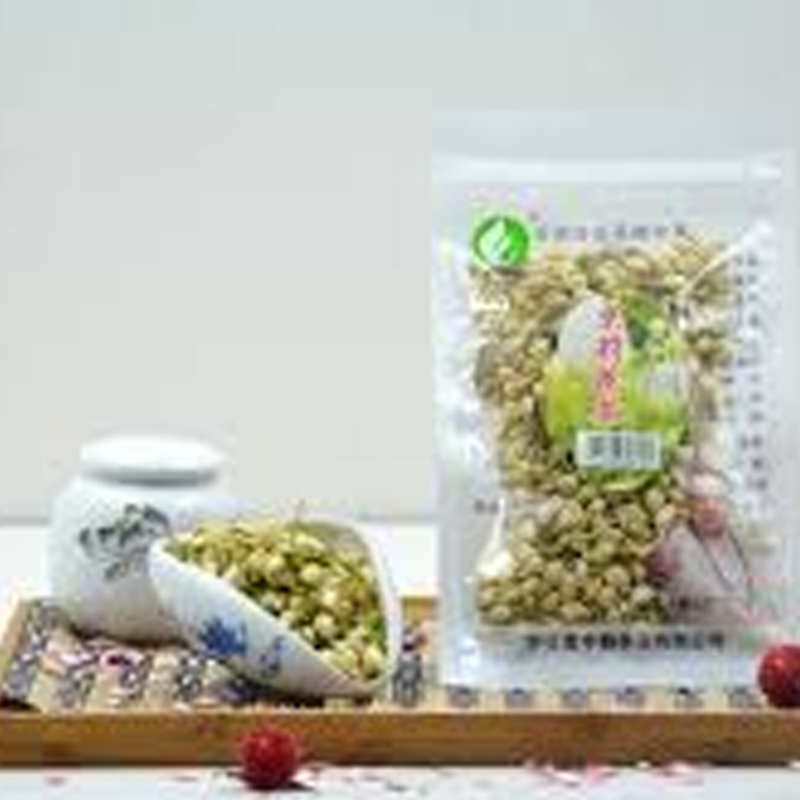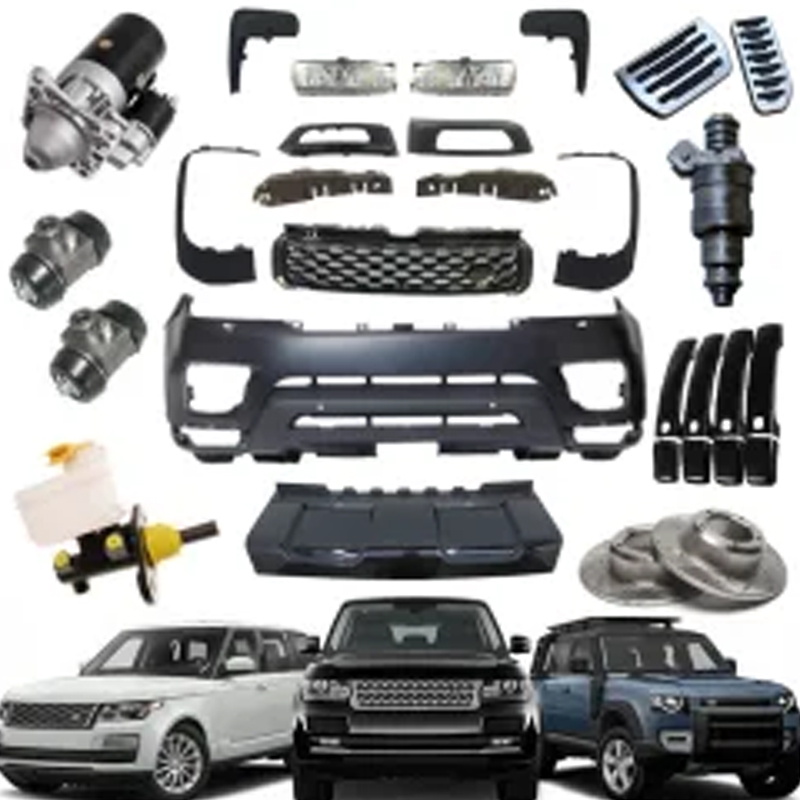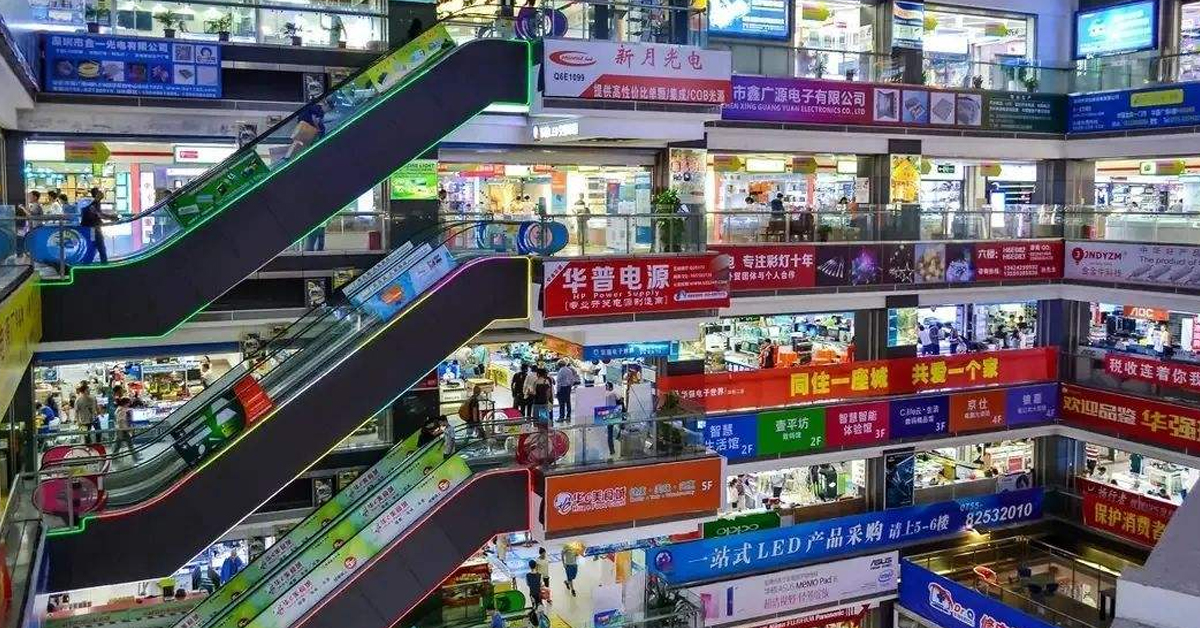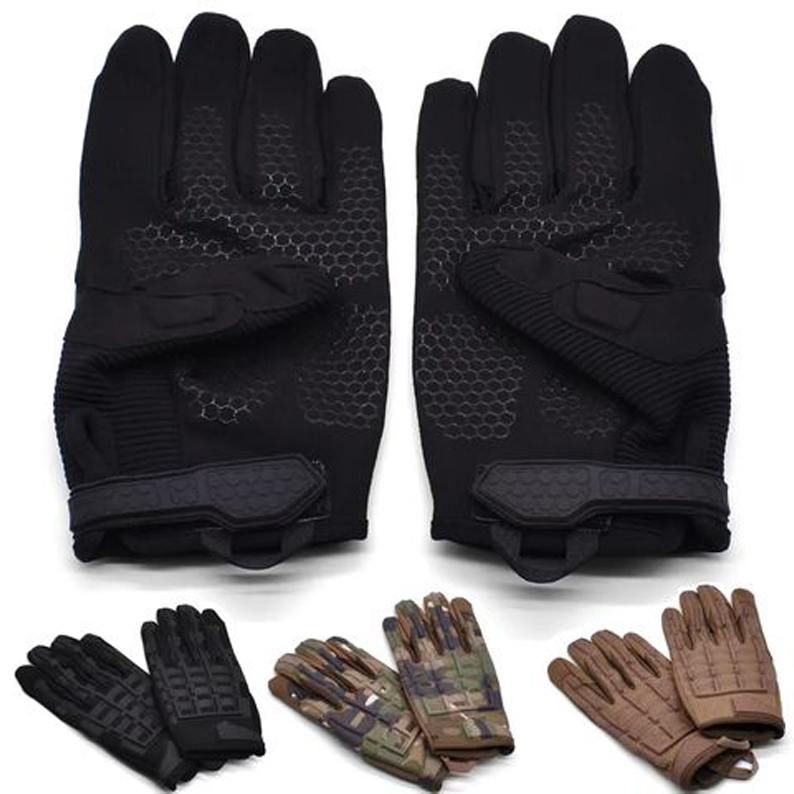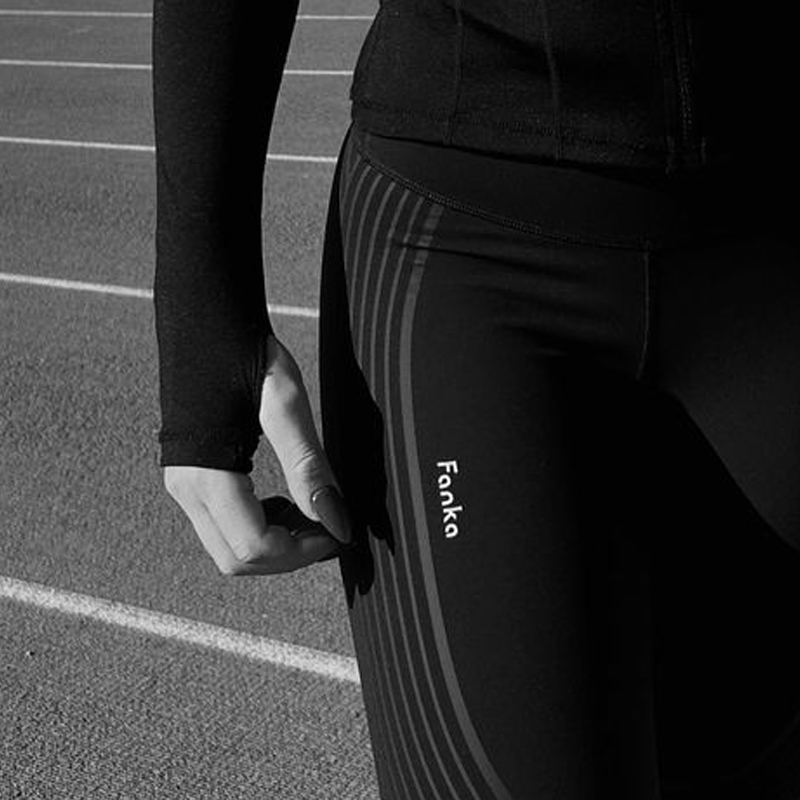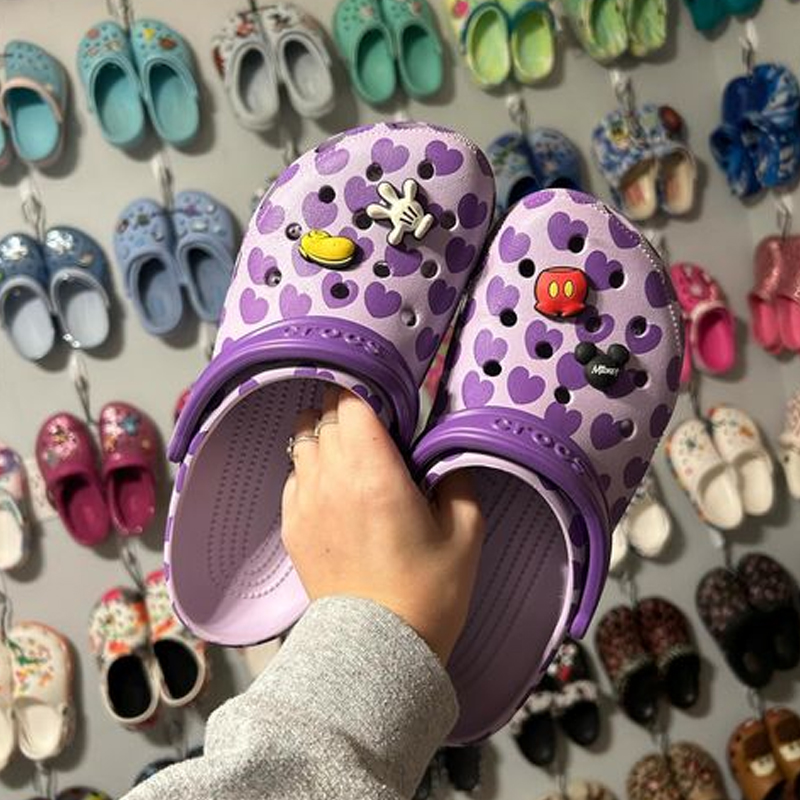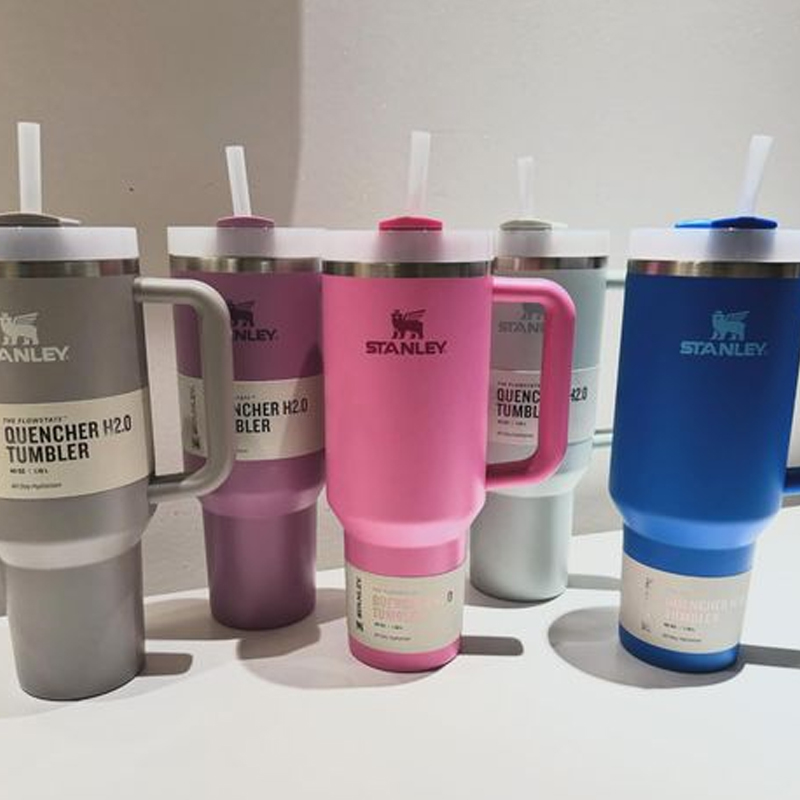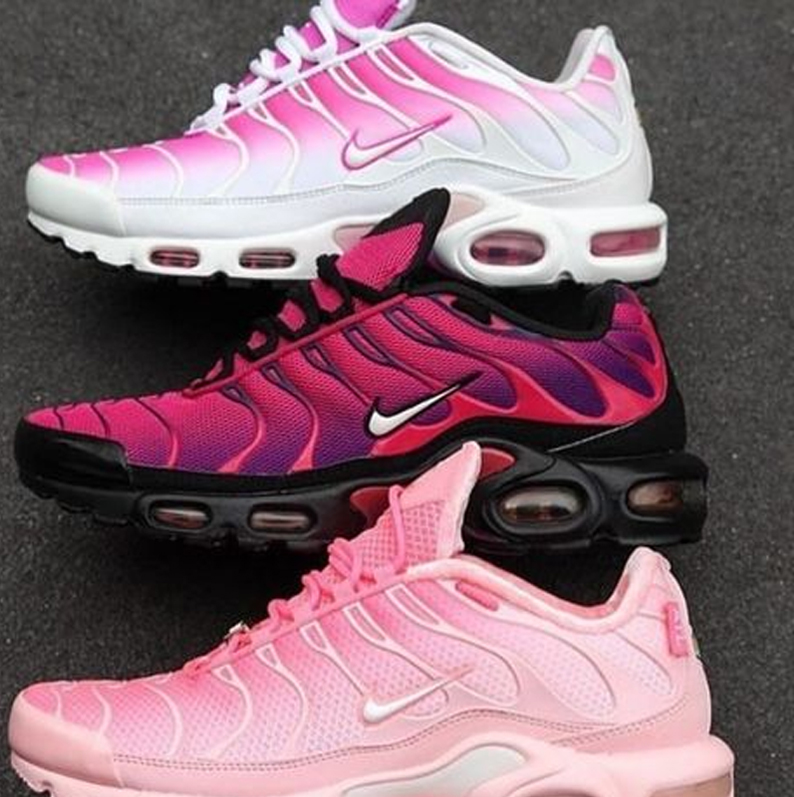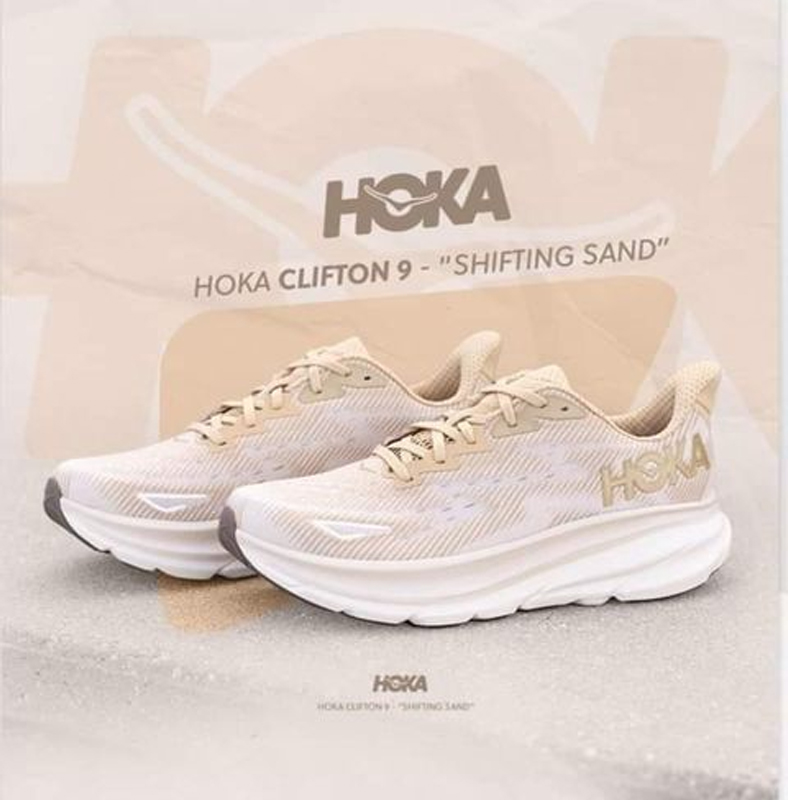Are you ready to dive into the world of wholesale fashion? This guide is your key to understanding bulk apparel sourcing from China. We’ll explore everything from finding reliable garment manufacturers to navigating quality control measures. Whether you’re a budding entrepreneur or an established retailer, this article will equip you with the knowledge to succeed in the competitive world of fashion wholesale.
Key Takeaways: Your Roadmap to Success in Wholesale Fashion
- Research thoroughly to find reliable garment manufacturers in China
- Understand the bulk ordering process and be prepared for minimum order quantities
- Invest in custom apparel production to differentiate your brand
- Implement robust quality control measures
- Navigate shipping and logistics carefully to avoid delays and extra costs
- Develop smart pricing strategies to ensure profitability
- Stay updated with fashion trends to keep your offerings fresh and appealing
By following these guidelines, you’ll be well-equipped to navigate the exciting world of wholesale fashion sourcing from China. Remember, success in this industry comes from a combination of careful planning, quality control, and staying attuned to market trends. Happy sourcing!
What Makes China the Go-To for Wholesale Clothing?
China’s textile industry is a powerhouse, offering unparalleled advantages for wholesale clothing buyers. With decades of experience, Chinese garment manufacturers have perfected the art of producing high-quality apparel at competitive prices. The country’s vast network of fabric suppliers ensures a wide variety of materials are always available.
Moreover, China’s commitment to innovation in the fashion industry means you’ll always be at the forefront of trends. From sustainable fashion options to cutting-edge designs, Chinese manufacturers are equipped to meet diverse market demands.
How to Find Reliable Garment Manufacturers in China?
Finding trustworthy garment manufacturers is crucial for your business success. Start by attending international trade shows, where you can meet potential partners face-to-face. Websites like Alibaba and Global Sources are also excellent platforms to connect with manufacturers.
When vetting potential partners, ask for sample orders to assess product quality. Look for manufacturers who prioritize ethical manufacturing practices and are transparent about their production processes. Remember, a reliable partner will be willing to answer your questions and provide references.

What’s the Typical Bulk Ordering Process?
The bulk ordering process typically begins with discussing your requirements with the manufacturer. This includes details about designs, materials, quantities, and deadlines. Once you’ve agreed on specifications, the manufacturer will provide a quote.
After approving the quote, you’ll usually need to pay a deposit to start production. The manufacturer will then create samples for your approval before moving to full-scale production. Regular communication during this process is key to ensuring your order meets your expectations.
Understanding Minimum Order Quantities (MOQ): Why Are They Important?
Minimum Order Quantities (MOQ) are a standard practice in wholesale clothing. They help manufacturers maintain efficiency and keep costs down. MOQs can vary widely depending on the manufacturer and the type of garment.
While high MOQs might seem daunting, they often lead to better per-unit pricing. If you’re just starting out, look for manufacturers willing to offer lower MOQs or consider partnering with other small businesses to meet higher minimums.
Custom Apparel Production: How to Make Your Brand Stand Out?
Custom apparel production is an excellent way to differentiate your brand. Many Chinese manufacturers offer private label clothing services, allowing you to create unique designs under your own brand name.
When pursuing custom production, clear communication is vital. Provide detailed specifications, including precise measurements, fabric preferences, and any special features. Consider creating tech packs to ensure your vision is accurately translated into the final product.
Quality Control Measures: Ensuring Your Bulk Order Meets Standards
Implementing robust quality control measures is crucial when dealing with bulk orders. Many manufacturers have their own QC processes, but it’s wise to also conduct your own checks.
Consider hiring a third-party inspection service to oversee production and conduct final checks before shipment. This can help catch any issues early and ensure your products meet your standards and comply with import regulations in your target market.
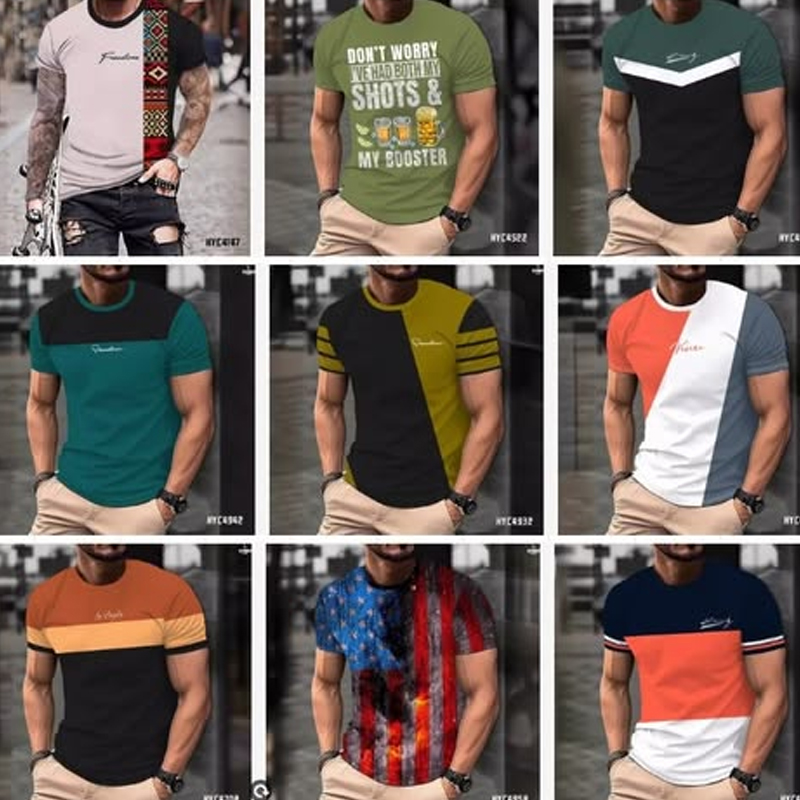
Navigating Shipping and Logistics: From Factory to Your Doorstep
Shipping and logistics can be complex, especially when dealing with international orders. Familiarize yourself with incoterms to understand your responsibilities in the shipping process. Many manufacturers can handle shipping arrangements, but you may want to work with a freight forwarder for more control and potentially better rates.
Don’t forget about customs clearance. Ensure all necessary documentation is in order to avoid delays. Also, consider insurance for your shipments to protect against potential losses or damages during transit.
Pricing Strategies: Balancing Cost and Profit in Wholesale Fashion
Developing effective pricing strategies is crucial for success in the wholesale clothing business. Consider all costs, including production, shipping, customs duties, and overheads when setting your prices. Remember, the goal is to remain competitive while ensuring profitability.
Explore different pricing models, such as tiered pricing for different order volumes. Also, stay informed about market trends and adjust your pricing strategy accordingly to maintain your competitive edge.
Staying Ahead: Keeping Up with Fashion Trends in the Wholesale Market
In the fast-paced world of fashion, staying ahead of trends is crucial. Regularly attend fashion trade shows and follow industry publications to keep your finger on the pulse of upcoming trends. Many Chinese manufacturers offer seasonal collections, which can be a great source of inspiration.
Consider implementing a mix of trend-driven pieces and timeless classics in your inventory management strategy. This approach can help you cater to fashion-forward customers while maintaining a stable base of reliable sellers.

